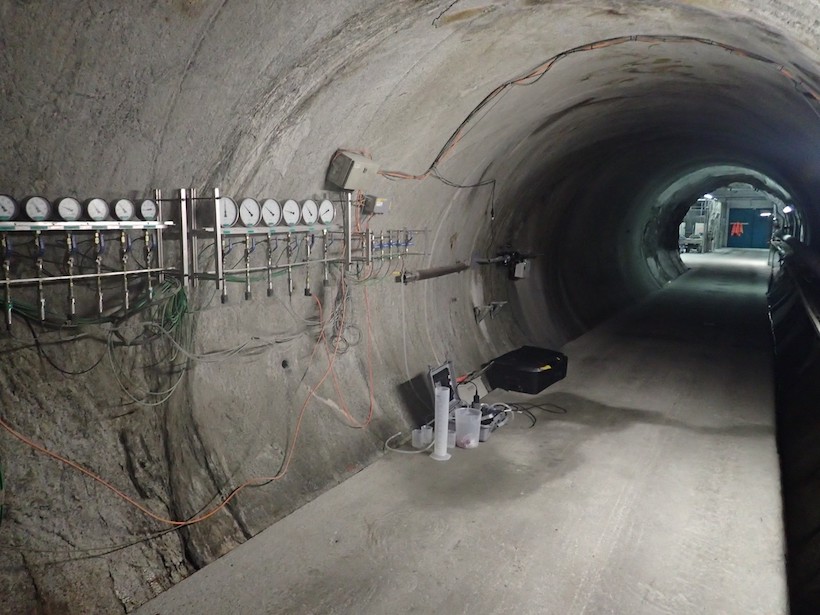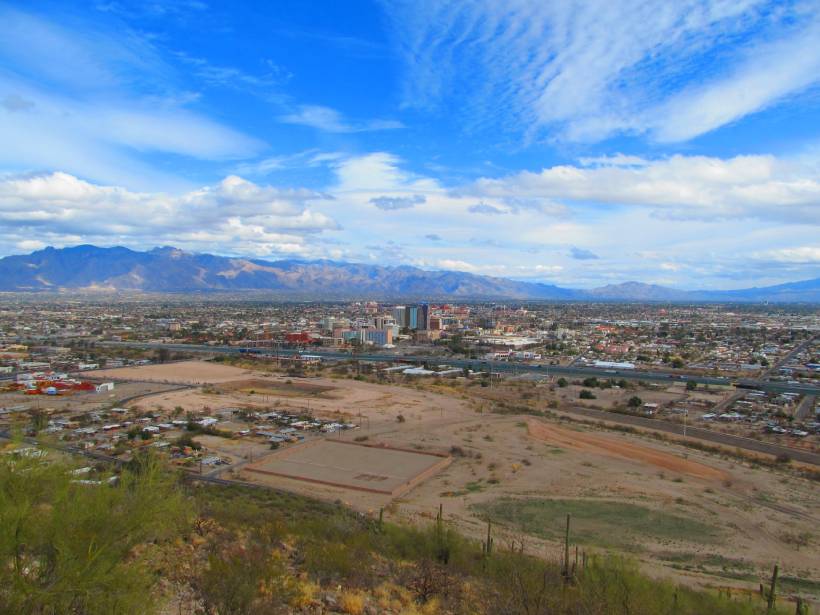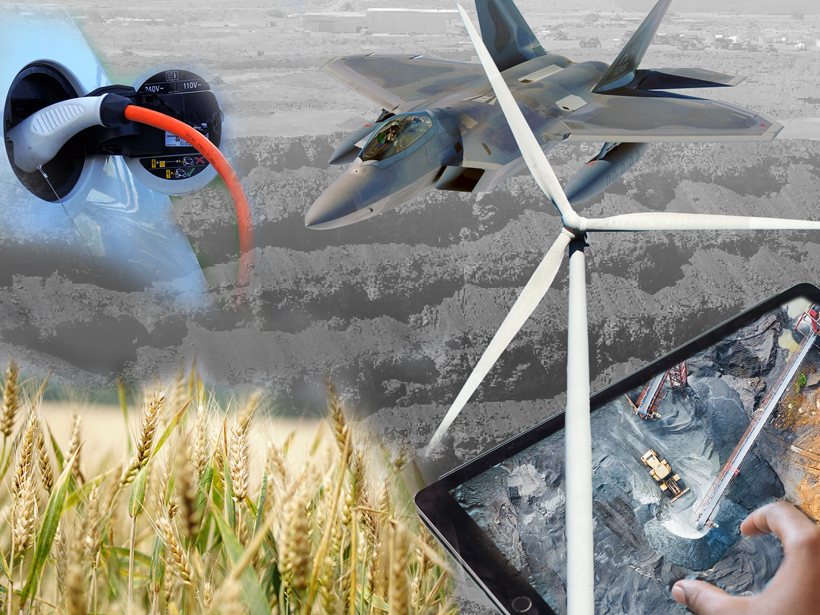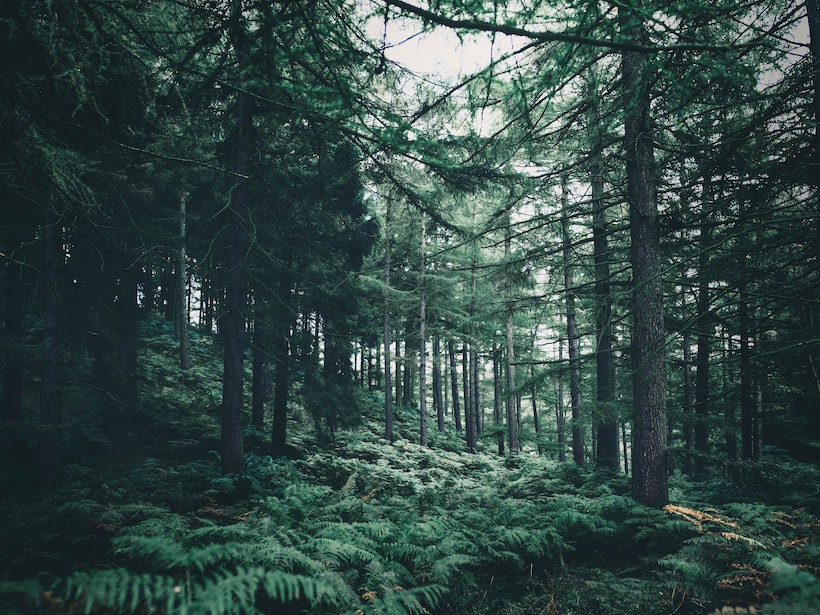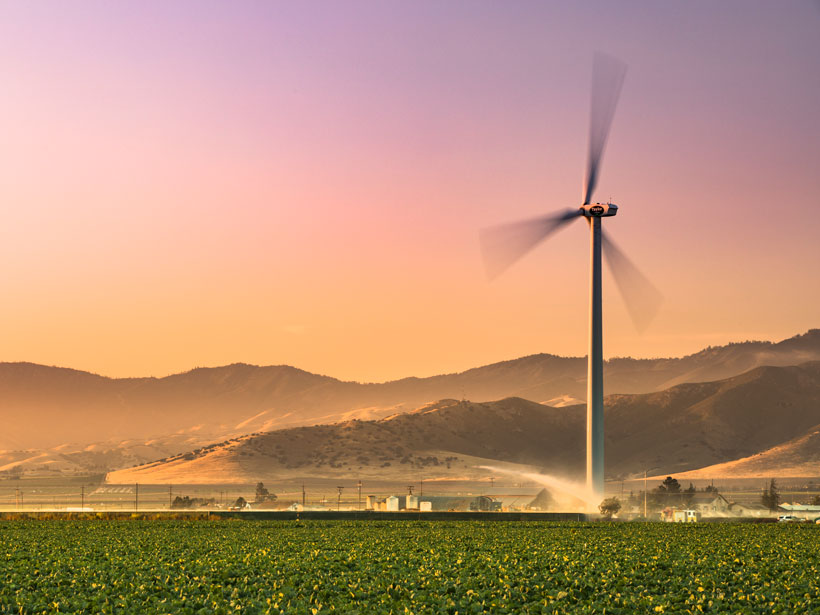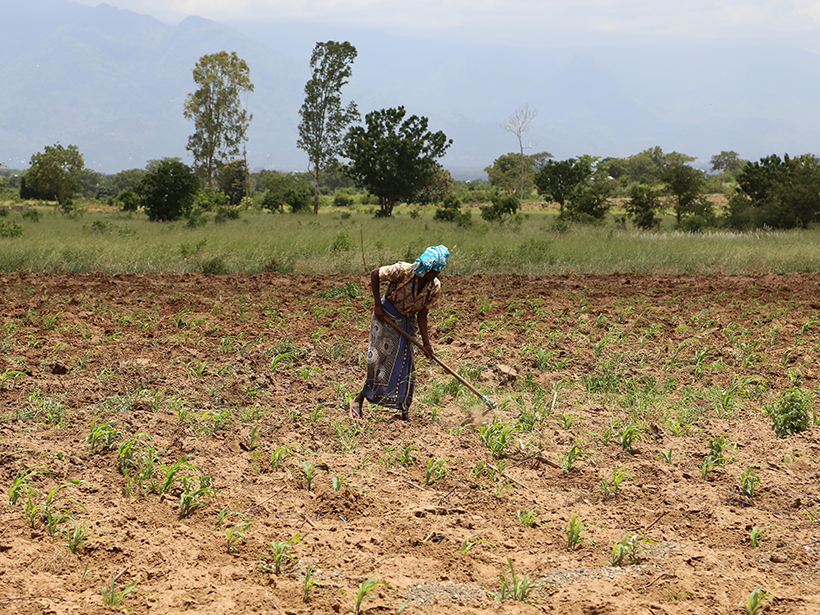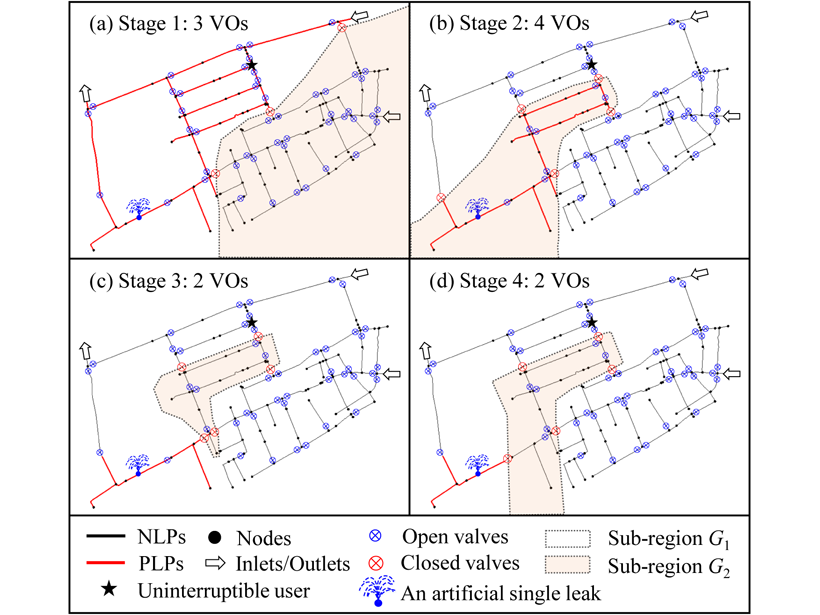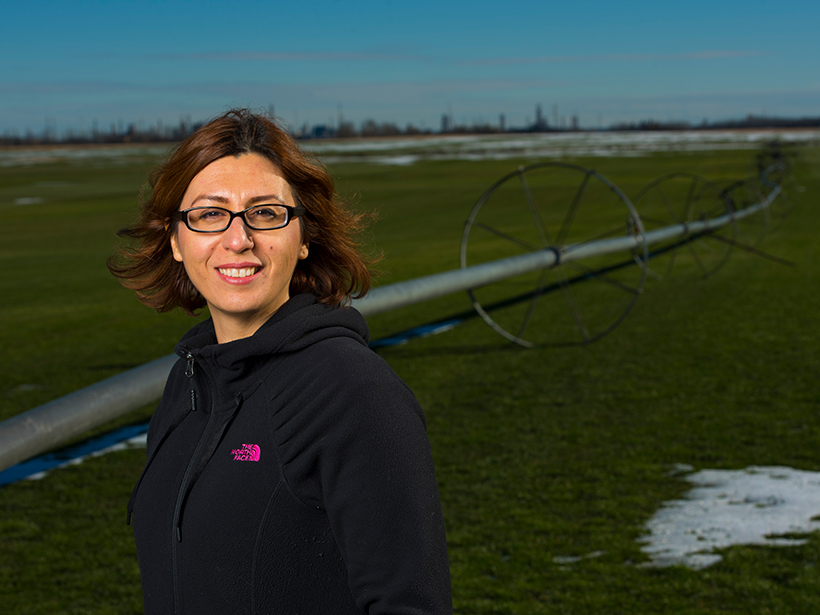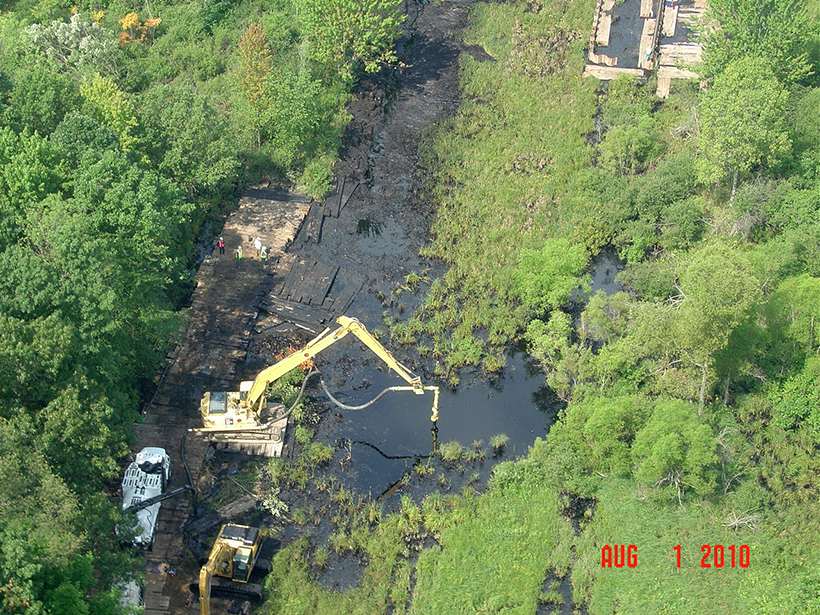Fracturing during microearthquakes can cause groundwater pH drops. The change is temporary but can be equivalent to the difference between water and vinegar.
Natural Resources
Parsing Routes to Aquifer Recharge Along Mountain Fronts
Research from the Tucson Basin indicates that tracers can be used to distinguish surface and subsurface recharge, providing crucial data to support sustainable water management in arid environments.
Geological Surveys Unite to Improve Critical Mineral Security
A three-nation consortium is pooling geological expertise and resources to address vulnerabilities in supplies of these crucial natural resources.
Trees That Live Fast, Die Young, and Mess with Climate Models
The trade-off between tree longevity and life expectancy can mean future carbon uptakes are overestimated in current global climate models.
Solving Shared Problems at the Food, Energy, and Water Nexus
A 15-year-old partnership among Chinese and U.S. scientists studying challenges in our food, energy, and water systems has revealed that solutions are best achieved through international collaboration.
Sowing Seeds of Food Security in Africa
An innovative program focused on collaboration and capacity building is looking to improve outcomes for smallholder farmers, reduce hunger, and alleviate food insecurity in sub-Saharan Africa.
The Best of Eos in 2020
What Earth and space science stories stood out this year, and what are we looking forward to in 2021?
A Smart Solution to Find Leaks in Water Distribution Networks
By systematically turning valves off and on in water distribution networks, researchers can locate pipe leaks, which could help to save huge quantities of drinking water.
Rethinking the Concept of Virtual Water in the Global Trade Market
Discussions around global trade are starting to consider the water it takes to produce exported goods. Some scientists argue that this approach should take a regional rather than global perspective.
El Oleoducto Keystone Derrama 9,120 Barriles de Petróleo en los Humedales de Dakota
La fuga tuvo lugar en una sección pre-existente del oleoducto Keystone. Este es el cuarto derrame del oleoducto en 9 años.

